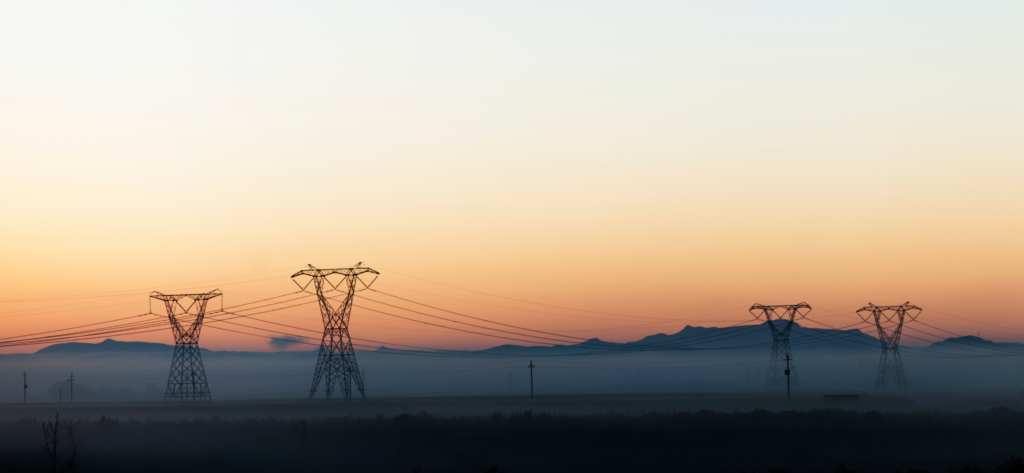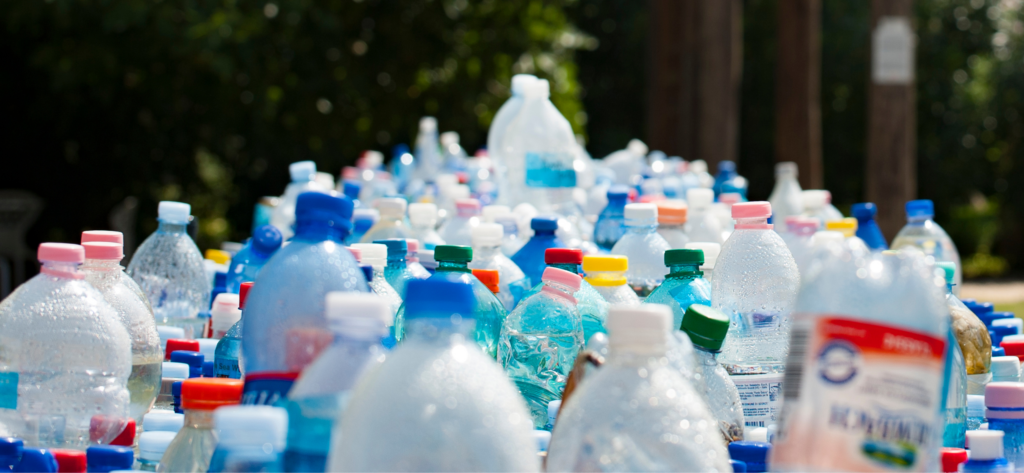
Legislative Session Preview
2024 Legislative Session Preview
January 17, 2024
The National Caucus of Environmental Legislators works with an extensive network of legislators across the country. Through individual outreach, various working groups, regional events, and more, NCEL works to provide resources for legislators’ interests. Based on our conversations and bill tracking, below are some of the primary environmental policy areas NCEL staff anticipate to see trending in 2024.
Emerging Energy Technologies | Transmission and Utilities | Building Decarbonization | Decarbonizing Transportation and Electric Vehicles | Invasive Species | Pollinators and Pesticides | Outdoor Equity | Habitat Connectivity | Plastic Pollution and Zero Waste | Toxic Chemicals and PFAS | Flood Resiliency | Offshore Wind | Ocean Acidification | Coastal Resilience | Blue Carbon and Regenerative Aquaculture
Climate and Energy

Emerging Energy Technologies
Technologies such as hydrogen, geothermal, and energy storage are just a few examples of energy sources that are proving helpful in building a more robust clean energy system. State legislators are taking advantage of federal funding, like the IRA, to explore these technologies further. The development of hydrogen hubs serves as a reminder of states’ work to pursue energy technologies in the most efficient and clean way possible. We anticipate this to continue in the coming legislative session as states look to apply federal funding to new energy opportunities.
- Policy Outlook: To date, 15 states have introduced 40 pieces of legislation related to emerging energy technologies. This includes five bills on hydrogen, 24 bills on geothermal, and 11 bills on energy storage.
Transmission and Utilities
Building out a more robust transmission system is critical to realizing the full benefits of the Inflation Reduction Act. States have a key role in streamlining permitting, investing in grid-enhancing technologies (GETs), and identifying essential pathways for new transmission. Utilities also play an essential role in the energy transition, and legislators have the authority to encourage this behavior through policies like performance-based ratemaking and utility regulator mandate reform.
- Policy Outlook: To date, 20 states have introduced 92 pieces of legislation related to transmission and strengthening utility policy.
Building Decarbonization
In recent years, states have identified buildings as a large portion of their greenhouse gas emissions. To meet ambitious emission reduction goals as well as reduce energy costs for constituents, states need to create a plan to rapidly decarbonize buildings. In conjunction with IRA funding and tax credits, states are looking to improve building performance and appliance standards.
- Policy Outlook: To date, 16 states have introduced 65 pieces of legislation related to building decarbonization.
Decarbonizing Transportation and Electric Vehicles
As legislators work to decarbonize transportation, many will continue to expand electric vehicle adoption and infrastructure. However, we also foresee legislators considering the transportation system as a whole by working on transit-oriented development, public transportation, and e-bike incentives as solutions for emissions associated with the sector.
- Policy Outlook: To date, 17 states have introduced 42 pieces of legislation related to electric vehicles, active transportation, and public transportation. This includes 33 bills in 15 states related to expanding electric vehicles.
Conservation

Invasive Species
Invasive species are one of the five main drivers of biodiversity decline, causing substantial harm to native species and ecosystems, and billions of dollars in damage each year. States continue to explore best practices for reducing new invasive species to ecosystems as well as ways to mitigate damage from existing invasive species.
- Policy Outlook: To date, 12 states have introduced 21 pieces of legislation related to invasive species.
Pollinators and Pesticides
Pollinators are responsible for one in three bites of food we eat, and they contribute billions of dollars to the agriculture industry every year. New York started 2024 with the first neonicotinoid-treated seed ban. States continue to restrict pesticide use to encourage thriving pollinator populations and human health. Prominent pesticides, including neonicotinoids, will be a focus in the coming legislative sessions.
- Policy Outlook: To date, nine states have introduced 18 pieces of legislation related to pollinator protections. To date, 10 states have introduced 20 pieces of legislation related to pesticide use and restrictions.
Outdoor Equity
Tens of millions of people in the United States lack regular access to time in nature, losing out on proven health, economic, and educational benefits. In the face of climate change and historic inequities, state legislators are creating a greener future for all by restoring the benefits of time outdoors. States can equitably build public health, sustainable economies, and environmental stewardship by expanding greenspaces, diverse outdoor recreation, and nature-based learning for all.
- Policy Outlook: To date, seven states have introduced 10 pieces of legislation related to outdoor equity and engagement.
Habitat Connectivity
Wildlife corridors are natural areas that facilitate movement between core habitats. Many species suffer population instability and decline when these key corridors are interrupted by human activity such as roads and other infrastructure. States are leaders in the effort to promote biodiversity and sustain healthy wildlife populations. With increased federal funding, states will continue to enact legislation that both protects these corridors and reduces conflicts between wildlife and human activities occurring within or adjacent to them.
- Policy Outlook: To date, 10 states have introduced 18 pieces of legislation related to habitat connectivity.
Environmental Health

Plastic Pollution and Zero Waste
Plastic pollution is a global crisis with fossil fuel origins that causes negative health effects on communities and wildlife. States are leaders in addressing plastic pollution. Last year, more than 115 bills were introduced addressing plastic issues with five states enacting legislation. Legislators are now looking at ways to address the full life cycle of plastic.
- Policy Outlook: To date, 11 states have introduced 55 pieces of legislation related to pollinator protections. This includes two bills related to extended producer responsibility, seven bills banning polystyrene, six bills related to truth in labeling, 30 single-use bans or fee bills, and 13 bottle bills.
Toxic Chemicals and PFAS
Toxic chemicals, including per- and polyfluoroalkyl substances (PFAS), have proven to have adverse health effects on communities and wildlife across the nation. As PFAS continues to be discovered in waterways and drinking sources, legislators will build upon previous legislation to improve water quality and ultimately, improve quality of life and health for their communities.
- Policy Outlook: To date, 14 states have introduced 41 pieces of legislation related to PFAS restrictions.
Flood Resiliency
Flood resiliency is essential to the health of communities that are disproportionately impacted by the climate crisis. States will continue to explore options for green infrastructure such as wetlands and perennial vegetation that can mitigate floods and storm surges, filter pollutants, and provide habitat for endangered species.
Oceans

Offshore Wind
The U.S. offshore wind energy has the potential to generate nearly double the nation’s current electricity use, create thousands of jobs, and support local economic development, all while producing renewable energy for years to come. With the federal government’s goal of deploying 30 gigawatts of offshore wind by 2030, states have proven to be crucial partners in the offshore energy transition.
Ocean Acidification
Ocean acidification (OA) is due to increased levels of carbon dioxide in the atmosphere which threatens ocean ecosystems, the food chain, and the livelihood of coastal residents. As oceans serve as critical habitats and carbon sinks, coastal states can invest in long-term research and in the development of effective management and mitigation tactics to preserve our economies and ecosystems.
Coastal Resilience
Coastal habitats provide essential services that help mitigate the effects of climate change. States can leverage the 30×30 Executive Order initiative to further protect these habitats and to promote coastal resilience. As states have a major role to play when it comes to coastal conservation, adaptation, and restoration, collaboration is paramount for conserving coasts and for promoting coastal resilience.
Blue Carbon and Regenerative Aquaculture
While providing food, habitat, and water filtration services, coastal ecosystems house powerful climate solutions. States continue to introduce bills to protect, enhance, and cultivate marine vegetation – such as kelp, eelgrass, and mangroves – which can sequester atmospheric carbon at a rate 10-20 times greater than terrestrial forests.